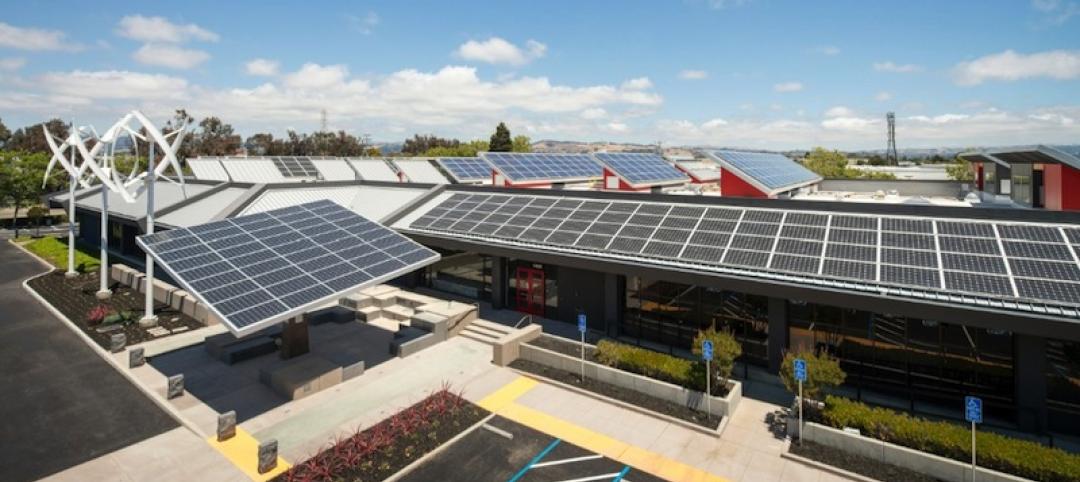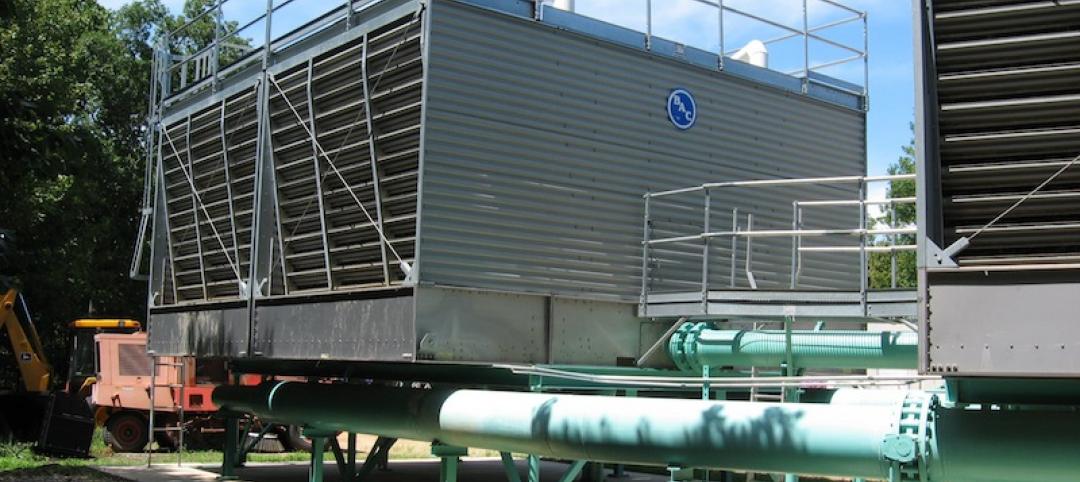The U.S. Department of Energy (DOE) -- along with the the Natural Resources Defense Council (NRDC), the Institute for Market Transformation (IMT), the National League of Cities (NLC), and the National Association of State Energy Officials (NASEO) -- launched the SEED Collaborative, an effort to assist state and local governments manage, standardize, and share large building performance data sets.
This collaboration builds on DOE’s software application called the Standard Energy Efficiency Data (SEED) Platform. This tool allows cities and states to streamline the process of managing and standardizing building energy data.
“There is an unprecedented amount of new data as cities and states, across the country, help building owners better understand opportunities for energy savings,” said Dr. Kathleen Hogan, Deputy Assistant Secretary for Energy Efficiency at DOE. "The SEED Collaborative will help cities and states leverage this data to unlock barriers and unleash innovative market solutions that will save energy and money, and grow businesses in their communities."
The SEED Collaborative will partner with a select group of cities and states to help them better collect and manage building energy data. This partnership builds upon the success of early adopters, such as Washington D.C. and Philadelphia, which piloted the SEED Platform in 2014.
The SEED Collaborative will also strive to create a larger community of supporting organizations, software developers, and product and services companies to expand interoperability of SEED-based products and other applications.
Related Stories
| May 31, 2013
Nation's first retrofitted zero-energy building opens in California
The new training facility for IBEW/NECA is the first commercial building retrofit designed to meet the U.S. Department of Energy’s requirements for a net-zero energy building.
| May 17, 2013
LEED v4 has provision to reduce water use in cooling towers
The next version of the U.S. Green Building Council's LEED rating system will expand water-savings targets to appliances, cooling towers, commercial kitchen equipment, and other areas.
| May 14, 2013
Paints and coatings: The latest trends in sustainability
When it comes to durability, a 50-year building design ideally should include 50-year coatings. Many building products consume substantial amounts of energy, water, and petrochemicals during manufacture, but they can make up for it in the operations phase. The same should be expected from architectural coatings.
| May 9, 2013
10 high-efficiency plumbing fixtures
From a "no sweat" toilet to a deep-well lavatory, here's a round up of the latest high-efficiency plumbing fixtures.
| May 9, 2013
Post-tornado Greensburg, Kan., leads world in LEED-certified buildings per capita
Six years after a tornado virtually wiped out the town, Greensburg, Kan., is the world's leading community in LEED-certified buildings per capita.
| May 3, 2013
'LEED for all GSA buildings,' says GSA Green Building Advisory Committee
The Green Building Advisory Committee established by the General Services Administration, officially recommended to GSA that the LEED green building certification system be used for all GSA buildings as the best measure of building efficiency.
| Apr 25, 2013
Colorado State University, DLR Group team to study 12 high-performance schools
DLR Group and the Institute for the Built Environment at Colorado State University have collaborated on a research project to evaluate the effect of green school design on occupants and long-term building performance.
| Apr 24, 2013
North Carolina bill would ban green rating systems that put state lumber industry at disadvantage
North Carolina lawmakers have introduced state legislation that would restrict the use of national green building rating programs, including LEED, on public projects.
| Apr 22, 2013
Top 10 green building projects for 2013 [slideshow]
The AIA's Committee on the Environment selected its top ten examples of sustainable architecture and green design solutions that protect and enhance the environment.
















